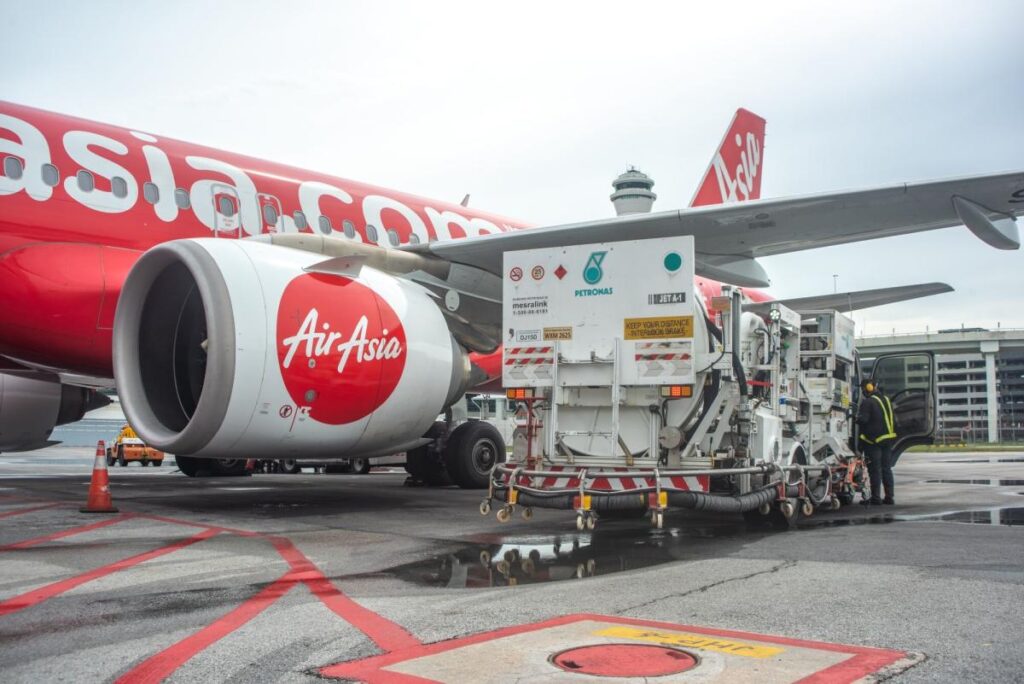(Bloomberg) Asia’s largest low-cost airlines say there’s no end in sight to soaring airfares, a mainstay of the global post-pandemic travel boom.
Most read articles on Bloomberg
Travelers may get some respite next year as jet fuel prices fall and airlines increase capacity, said Bo Lingam, chief executive officer of AirAsia Aviation. He will lead the company's short-haul and long-haul businesses when they are merged in September into a new publicly listed company called AirAsia Group. But with demand remaining strong, airfares are unlikely to return to pre-pandemic levels anytime soon, he said.
“Our load factor is about 90 percent, which was unthinkable pre-COVID,” Lingam, 59, said in an interview at the airline's headquarters in Sepang, Malaysia.
The reopening of economies following the pandemic has unleashed a wave of pent-up travel demand, upending the global aviation industry as ticket prices soar faster than inflation in many parts of the world. At the same time, a series of supply chain constraints, from delayed aircraft deliveries to unscheduled engine maintenance, have left many airlines struggling to operate enough flights.
For AirAsia, that demand supports its ambitions to establish the world's first low-cost airline network by 2030, with hubs in Southeast Asia. So far this year, it has added flights to Almaty, Kazakhstan, and launched a subsidiary in Cambodia. It will next begin flying to Nairobi, Kenya, in October.
The airline's long-haul routes will be served by Airbus SE's new long-range A321 planes, which can fly further at a more economical cost. Lingham said the airline plans to convert all 377 orders to the A321 LR and has also ordered 50 XLR jets.
“The cost of operating this aircraft will be much cheaper, at least 25 to 30 percent cheaper, because it's a single-aisle aircraft and you don't have to worry about filling 500 seats instead of 240,” Lingham said.
Lingam also said there would be “no change” to how AirAsia would be run after the merger, even though founder Tony Fernandes would take on an adviser role and the company would shift its focus to non-aeronautical businesses under Capital A Bhd.
Though he has not yet assumed his new role, Lingam, who has worked with Fernandez for more than 30 years, said he is already considering his own succession plan, handing over his expertise to deputy CEOs Chester Boo and Farooq Kamal over the next five years.
The story continues
“I'm not young,” he said.
Other key takeaways from the interviews:
AirAsia aims to raise at least $400 million in debt and 1 billion ringgit ($212 million) in equity once the merger is complete.
The company is considering refinancing its dollar-denominated debt into ringgit and also plans to seek interest rate cuts once it is removed from Bursa Malaysia's financial distress classification.
AirAsia operates in Malaysia, Thailand, the Philippines, Indonesia and Cambodia and is in talks to open in Vietnam. The airline is not considering opening in any countries outside Southeast Asia.
Most read articles on Bloomberg Businessweek
©2024 Bloomberg LP



